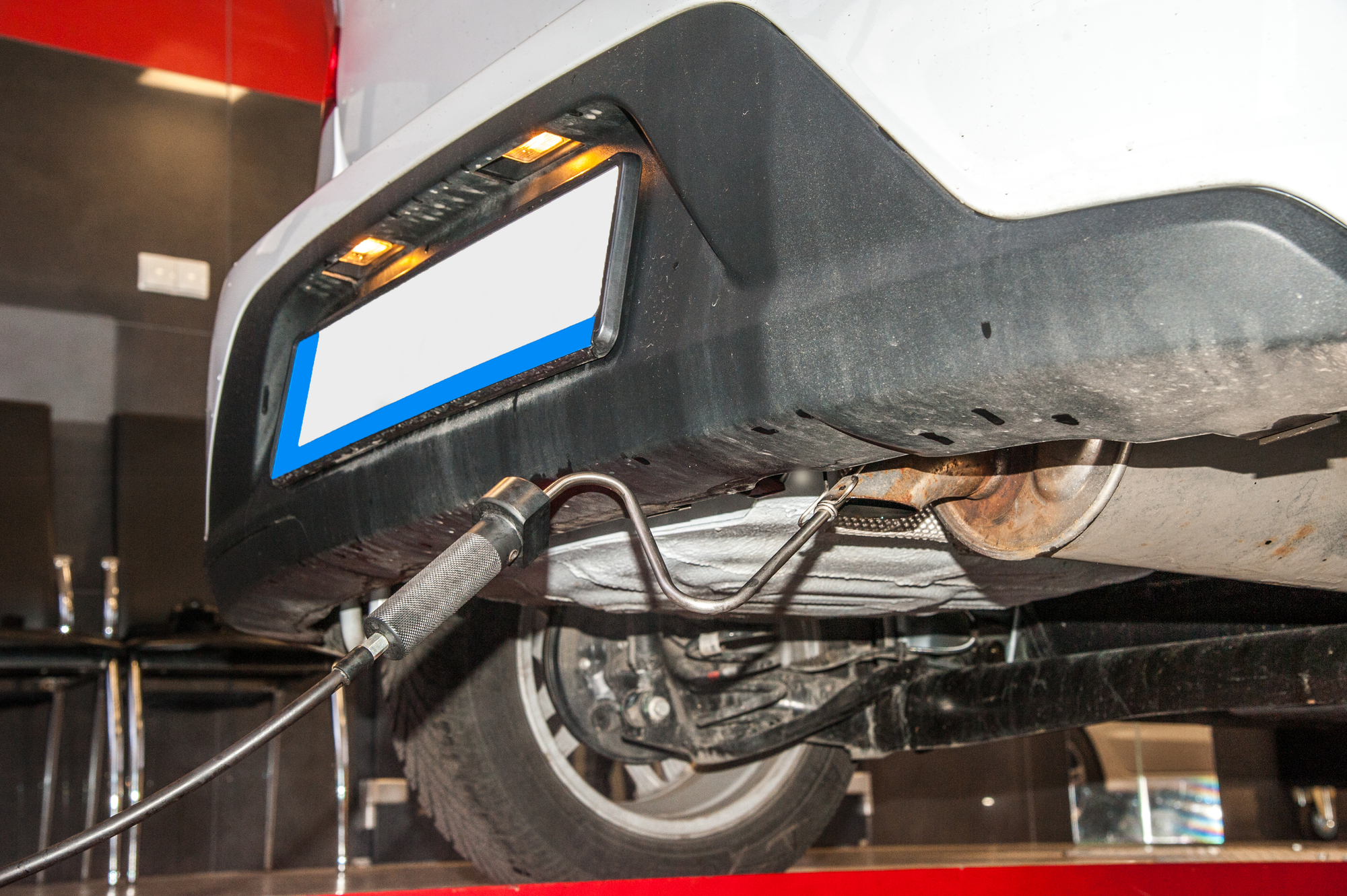Have you experienced an emissions testing failure? Unfortunately, when it comes time to renew car tabs, too many owners find out their cars can’t pass emissions.
Emission standards were created to protect the planet from dangerous chemicals that are released into the air with the vehicle’s exhaust. This could happen for several reasons, including a failing exhaust system, complications with engine components, and more. The EPA (Environmental Protection Agency) uses emissions testing, including those related to greenhouse gas, to make vehicles eco-friendlier.
What Does Emissions Testing Failure Mean?
Failing an emissions test can mean that your vehicle has a number of problems, many that can be remedied by regular maintenance. The following are some of the top reasons’ vehicles experience emission test failures.
The “Check Engine Light” is On
A vehicle that has a check engine light that’s on will immediately fail emissions. You should never put off taking the vehicle to an auto care shop when a check engine light comes on, because what may start out as a minor problem can become an expensive one.
Past Due Oil Change
Clean oil has fewer hydrocarbons, meaning a cleaner engine, which signifies a cleaner emissions result. If you’re doubtful about how often you should have the oil changed, check your vehicle’s owner’s manual or ask a trusted auto care center.
Clogged or Dirty Air Filter
A clogged or dirty air filter can cause excessive levels of hydrocarbons that can cause a failed emissions test. Most manufacturers advise changing the air filter every 12,000 miles or once a year. If you can’t remember the last time you had the air filter changed, have it done before your emissions test.
Worn Spark Plugs
Worn or faulty spark plugs cause increased emissions as a result of incomplete combustion. Have spark plugs inspected regularly and have them replaced when necessary.
You have a Rich Fuel/Air Combination
A rich air/fuel mixture can result in a failed emissions test. This problem is often the result of faulty injectors or a defective oxygen sensor. If you fail emissions, make sure to have these parts inspected and have them changed out if necessary.
Leaking or Loose Gas Cap
This is actually one of the first things that the majority of emission testers check out during the test to make sure you don’t needlessly face an emissions testing failure. So, before you have the vehicle tested, make sure the gas cap is on good and tight. A leaky gas cap can also result in an emissions test failure, so if yours is leaking, have it replaced with one that appropriately seals the gas tank.
What Should You Do After the Emissions Testing Failure?
Emissions inspections help make sure that your vehicle’s engine is giving off the least amount of pollutants into the atmosphere. So, take the necessary steps to ensure that the inspection benefits your health, the community, and the environment. If your car fails an emissions test, Hi-Tech Car Care can test it, provide a diagnosis on why it failed, and make necessary repairs to help make sure that it passes next time.
Contact us today if you’ve experienced emissions testing failure. Schedule your appointment today.






